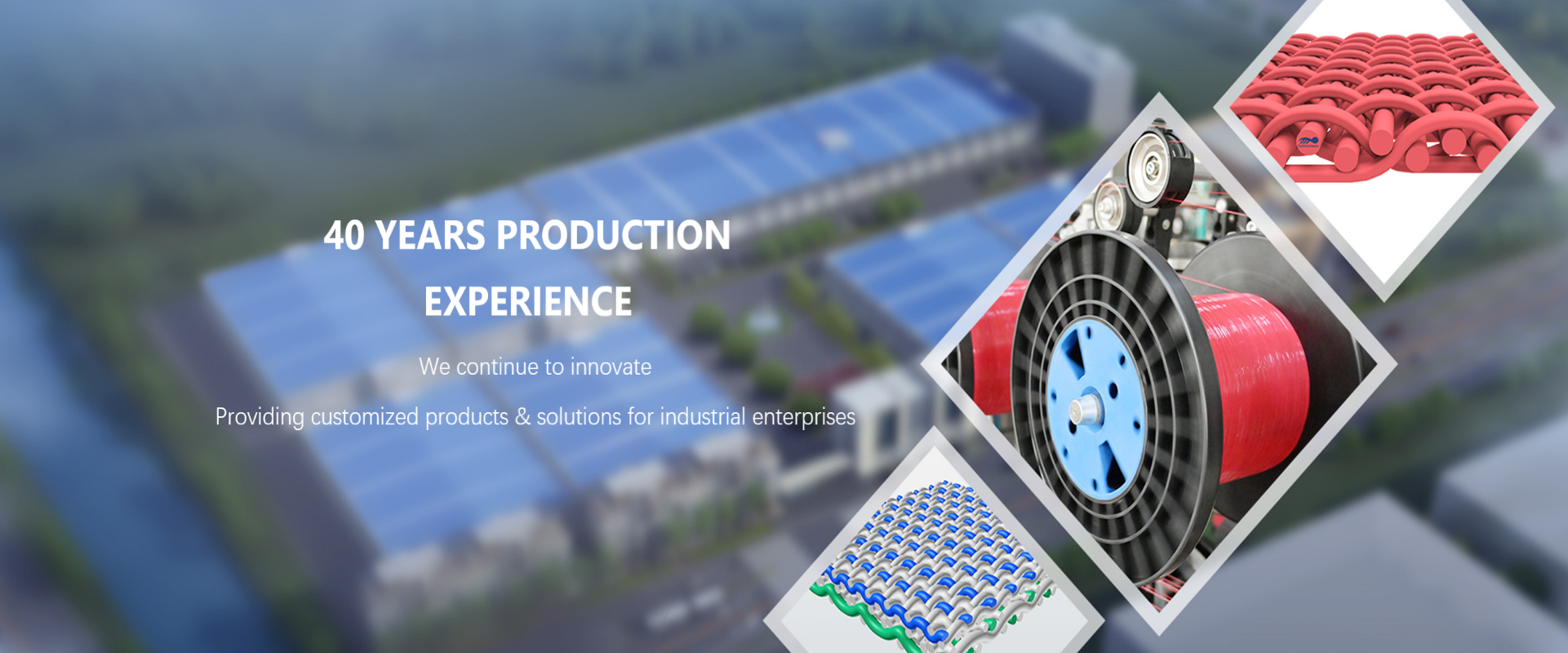This comprehensive guide explores the world of charcoal filter fabric, covering its properties, applications, and selection criteria. Learn about the different types available, their performance characteristics, and how to choose the optimal fabric for your specific needs. We'll delve into the science behind its effectiveness and provide practical advice for ensuring effective filtration.
Charcoal filter fabric is a specialized textile material infused with activated carbon. This activated carbon provides a large surface area, enabling the fabric to effectively adsorb various pollutants from the air or liquids. The fabric itself acts as a support structure, holding the activated carbon in place and allowing for efficient flow through the filter medium. The performance of the charcoal filter fabric depends on factors such as the type of activated carbon used, the fabric's structure, and the overall manufacturing process.
Several types of charcoal filter fabric exist, each tailored to different applications. These variations are based on the type of fiber used (e.g., polyester, polypropylene, nylon), the form of activated carbon integration (e.g., coated, impregnated, blended), and the fabric's construction (e.g., woven, non-woven, knitted).
Woven fabrics offer high strength and durability, making them suitable for applications requiring resistance to abrasion and high flow rates. They typically exhibit a consistent pore size distribution, leading to predictable filtration performance.
Non-woven fabrics are less expensive and often easier to manufacture than woven fabrics. They are versatile and can be customized to achieve specific filtration characteristics. However, they might not be as durable as woven fabrics.
The versatility of charcoal filter fabric extends across a wide range of industries and applications.
Charcoal filter fabric is extensively used in air purification systems, including those found in HVAC systems, respirators, and air purifiers. It effectively removes various gaseous pollutants, odors, and volatile organic compounds (VOCs) from the air.
In water filtration, charcoal filter fabric helps remove impurities and improve water quality. It can be incorporated into filters for drinking water, industrial processes, and wastewater treatment.
Beyond air and water filtration, charcoal filter fabric finds applications in various other fields, including automotive components, protective clothing, and medical devices.
Selecting the appropriate charcoal filter fabric depends on several factors:
The efficiency of a charcoal filter fabric is often measured by parameters such as:
| Parameter | Description |
|---|---|
| Adsorption Capacity | The amount of pollutants the fabric can adsorb. |
| Efficiency | The percentage of pollutants removed. |
| Pressure Drop | The pressure difference across the filter. |
For high-quality charcoal filter fabrics and expert consultation, consider contacting Anhui Taipingyang Special Fabric Co., Ltd. Learn more about their offerings here.
Note: The information provided here is for general knowledge and should not be considered professional advice. Always consult relevant standards and regulations for specific applications.
